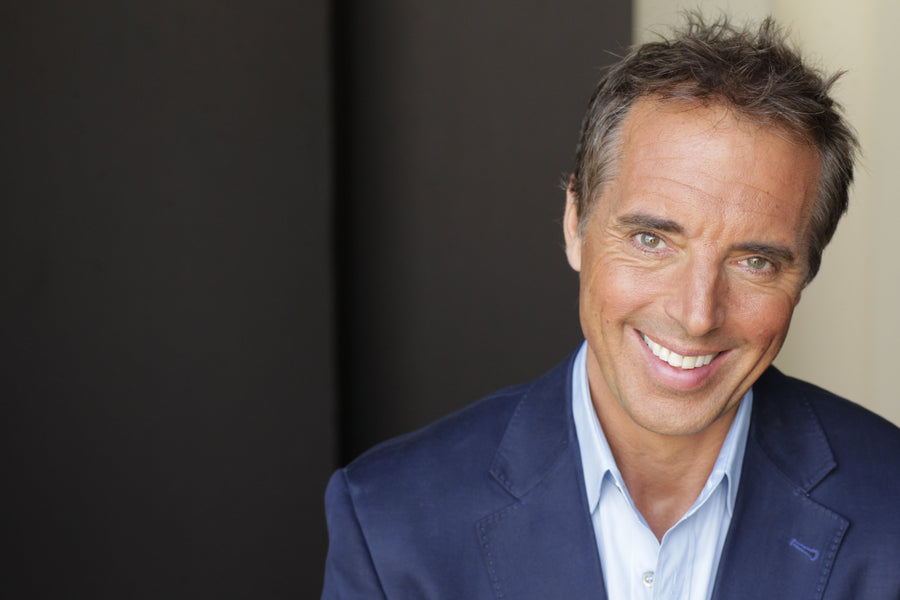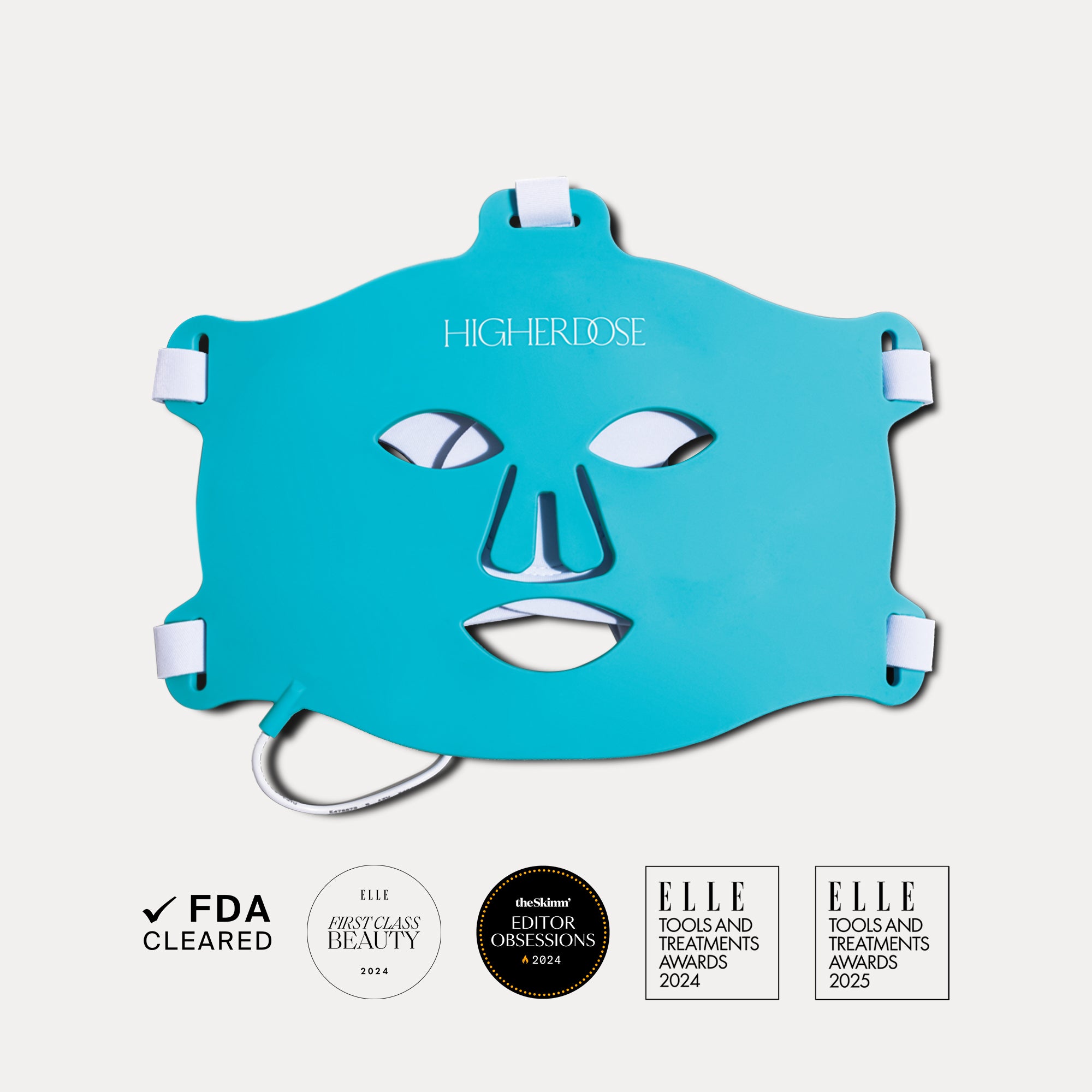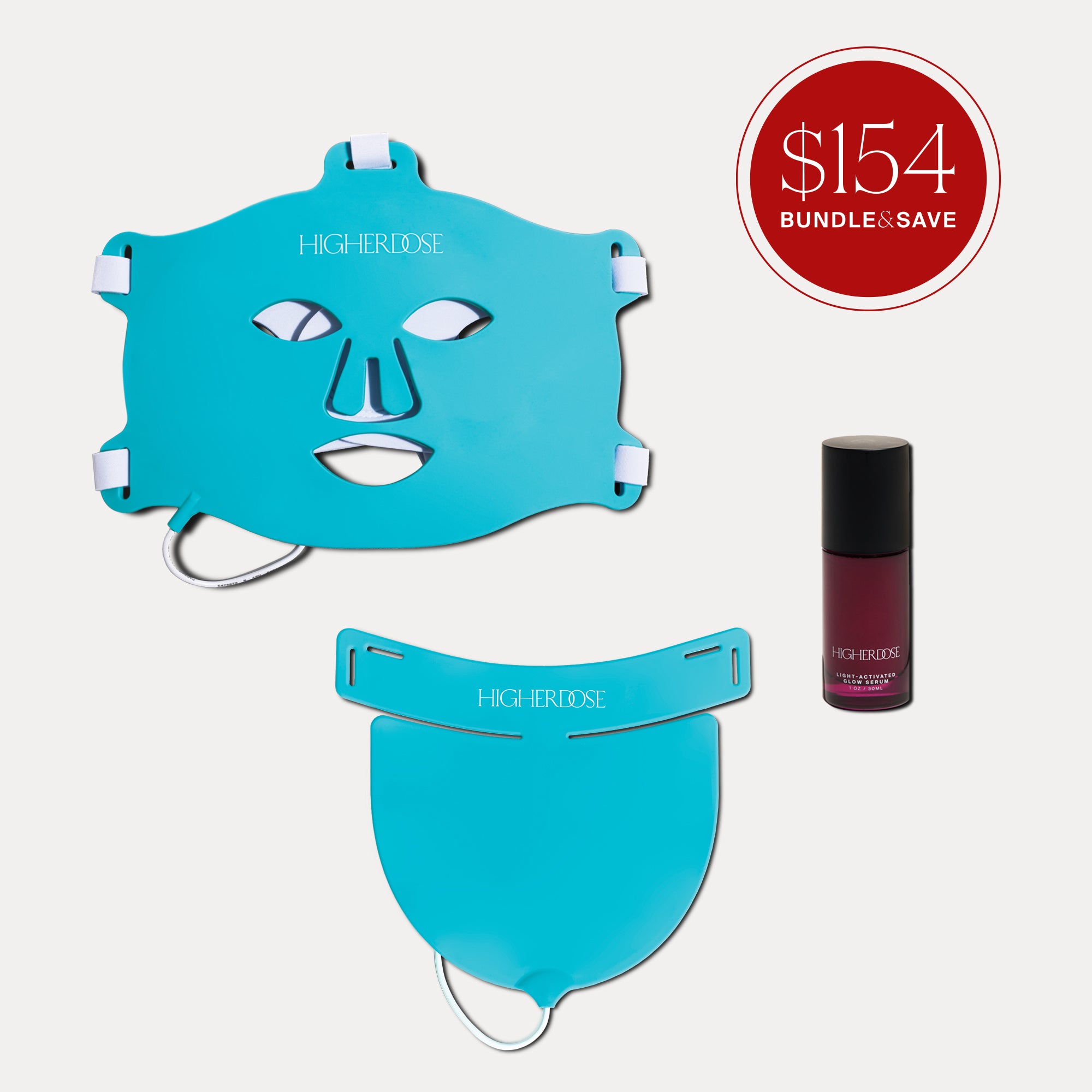
Dan Buettner on What Earth's Blue Zones Can Teach Us About Longevity
Dan Buettner is an explorer, National Geographic Fellow, award-winning journalist, Netflix Host & Co-producer of the 3x Emmy Award winning: Live to 100: Secrets of the Blue Zones, 5 x New York Times bestselling author, and 3 X Guinness World Record holder for distance cycling.
Dan discovered the five places in the world—dubbed blue zones—where people lived the longest, healthiest lives and shared this information with the world. His books, The Blue Zones: Lessons for Living Longer from the People Who’ve Lived the Longest, Thrive: Finding Happiness the Blue Zones Way, The Blue Zones Solution: Eating and Living Like the World’s Healthiest People, and The Blue Zones of Happiness were all national bestsellers. His New York Times Best Seller book, The Blue Zones Kitchen: 100 recipes for living to 100, fuses scientific reporting, National Geographic photography, and 100 recipes that may help you live to 100. In addition to his best-selling books, his articles about the Blue Zones in The New York Times Magazine and National Geographic are two of the most popular for both publications.
When he is not writing about the Blue Zones, he works in partnership with municipal governments, large employers, and health insurance companies to implement Blue Zones Projects in communities, workplaces, and universities. Blue Zones Projects are well-being initiatives that apply Blue Zones lessons to entire communities by focusing on changes to the local environment, public policy, and social networks. To date, the program has dramatically improved the health of more than 5 million Americans. If he is not writing, talking about, or helping implement the Blue Zones way, you will find him living it.
Discover longevity secrets from Dan Buettner, founder of the Blue Zones Project, as he shares powerful habits, environmental insights, and surprising truths behind the world’s longest-living communities.

1. What first inspired you to study Blue Zones, and how did your journey begin?
It all started in the spring of 2000, when I was leading a series of educational projects called “Quests,” where teams of scientists explored some of Earth’s great mysteries. I had heard about Okinawa’s unusual longevity a few years earlier and thought it would be a great quest—to uncover their secrets to good health and long life.
We spent ten days studying, exploring, and summarizing what we found. Five years later, I returned to Okinawa with a new team, after writing a National Geographic cover story titled Secrets of Long Life. The article profiled three areas in the world with high concentrations of centenarians—places we later dubbed “blue zones.”
I was determined to delve deeper into the Okinawan lifestyle. During those explorations, a key question kept surfacing: How can we bring these teachings back to our communities? That’s how the Blue Zones Project was born. We identified nine evidence-based common denominators across all blue zones and set out to implement them in communities across the U.S. Our goal was simple—make the healthy choice the easy choice.

2. What was the most surprising discovery when identifying common longevity traits across different cultures?
I was looking for one defining factor that explained their longevity. But the big “aha” moment was realizing that their long lives stemmed not from something they pursued, but from their environments.
They weren’t pumping iron or training for marathons—they simply lived in places that made natural movement easy. Their food traditions were rooted in plant-based diets, their social lives revolved around strong connections, and everything was supported by their built environment. It wasn’t a silver bullet—it was a silver buckshot.

3. How does geography shape health and longevity, and what are the key environmental and social factors?
While many blue zones are located near the equator—which offers benefits like longer growing seasons and milder climates—we've also seen communities in colder, less temperate regions, like parts of the Nordic countries, where people enjoy long, healthy lives. So, it turns out that longevity has less to do with geography itself and everything to do with the environment people create around them.
What truly matters is living in a setting that unconsciously supports better health. In blue zones, people are surrounded by cues that naturally encourage good behaviors. Their environments make it easy to walk, socialize, eat wholesome food, and reduce stress—without having to think about it or muster willpower. It's not about discipline; it's about being nudged in the right direction by design.

4. What are some of the most powerful, yet often overlooked, habits that contribute to a long and happy life?
Some of the simplest habits are the most powerful: eating until you're 80% full, moving naturally throughout the day, taking time to downshift, and staying socially connected. They might not be flashy, but they work.
Another overlooked habit is cooking at home. Ultra-processed foods are linked to over 670,000 premature deaths in the U.S. every year. The solution? Make it easier to cook fast, affordable, and delicious plant-based meals. That’s why I wrote Blue Zones Kitchen: One Pot Meals—to make home-cooked longevity food doable for even the busiest households.

5. How do community and social connections influence longevity, and what lessons can we apply to modern life?
Community isn’t just important—it’s vital. In blue zones, people are deeply embedded in supportive social circles. They share meals, care for one another, and foster a strong sense of belonging.
Research from the Framingham Studies shows that behaviors like smoking, obesity, happiness, and even loneliness are contagious. Long-lived people tend to have friend groups that support healthy behaviors. In modern life, that means curating a social circle where a fun Saturday might mean hiking a trail—not just hanging out at a bar.

6. What are the biggest misconceptions about aging and longevity that your research has debunked?
That you can out-supplement a bad lifestyle. You can’t. The real magic comes from doing the right things consistently— eating mostly plants, walking often, having a strong sense of purpose, and being surrounded by people who care about you.
7. How does stress impact longevity, and how do Blue Zone cultures naturally regulate their nervous systems?
Chronic stress is a silent killer—it triggers inflammation and breaks down the body over time. Blue zones have built-in rituals to downshift daily: prayer, naps, time with friends, or simply being in nature. These habits help regulate the nervous system and reduce chronic stress.

8. What are three simple changes someone can make today to align their lifestyle with Blue Zone principles?
- Cook at home – Replace ultra-processed foods with simple, plant-based meals you can make yourself.
- Walk daily – It doesn’t have to be a workout; just move regularly.
- Prioritize people – Invest in a small circle of close friends who support healthy habits.
- (Bonus) Find your purpose—having a reason to get up in the morning can add up to seven years to your life expectancy.

9. How do you see modern biohacking aligning with traditional Blue Zone habits?
Biohacking tries to engineer what blue zones have done naturally for centuries. While some tools can be helpful, the best "hack" is still the most traditional: cook whole, plant-based meals, walk with friends, and live with a strong sense of purpose.

10. What is the biggest lesson you’ve learned from the world’s longest-living people?
The most important takeaway is that people in blue zones live in environments that nudge them to move, eat well, stay connected, and live with purpose—without having to think about it.
They don’t rely on willpower. Their surroundings support their health goals. Unfortunately, much of that walkable, socially rich village life has been lost in modern America due to fast food, car-centric cities, and social isolation. But we can reclaim it, one small step at a time.

11. What's your response to critics claiming that blue zones are fabricated and 'don't exist'?"
To my knowledge, there has been only one media-seeking troll and no credible critics. Anyone questioning the authenticity of blue zones can simply conduct a Google Scholar search and find at least six peer-reviewed studies supporting the scientific validity behind their existence.
To learn more about Dan’s work and connect with him directly, follow him on Instagram @danbuettner.
















